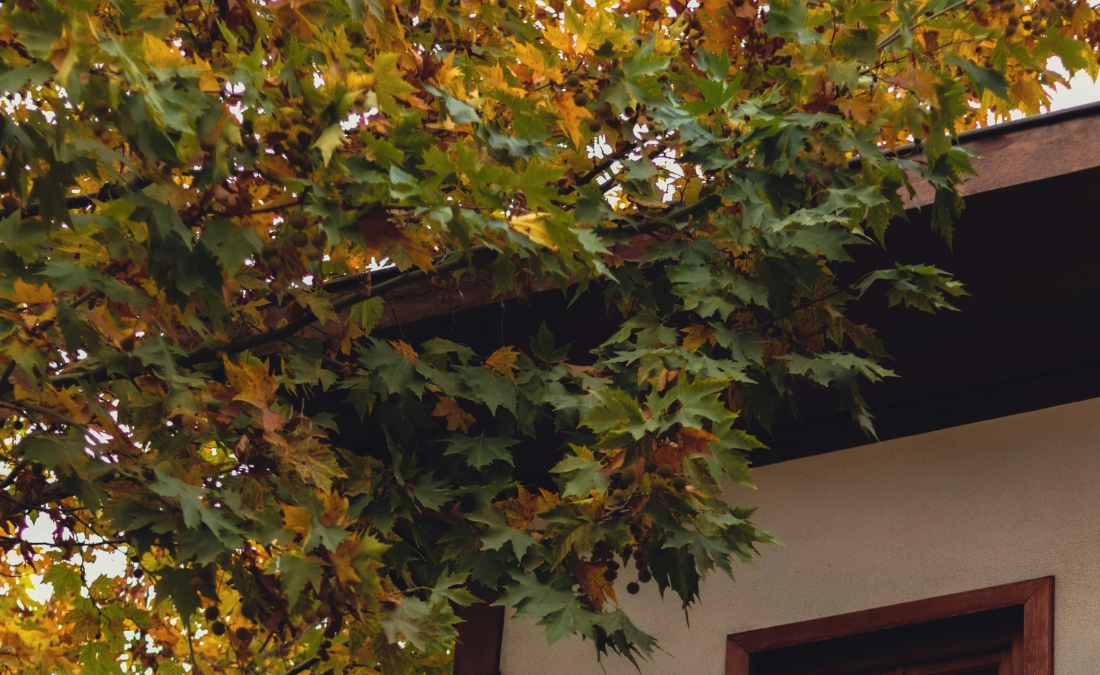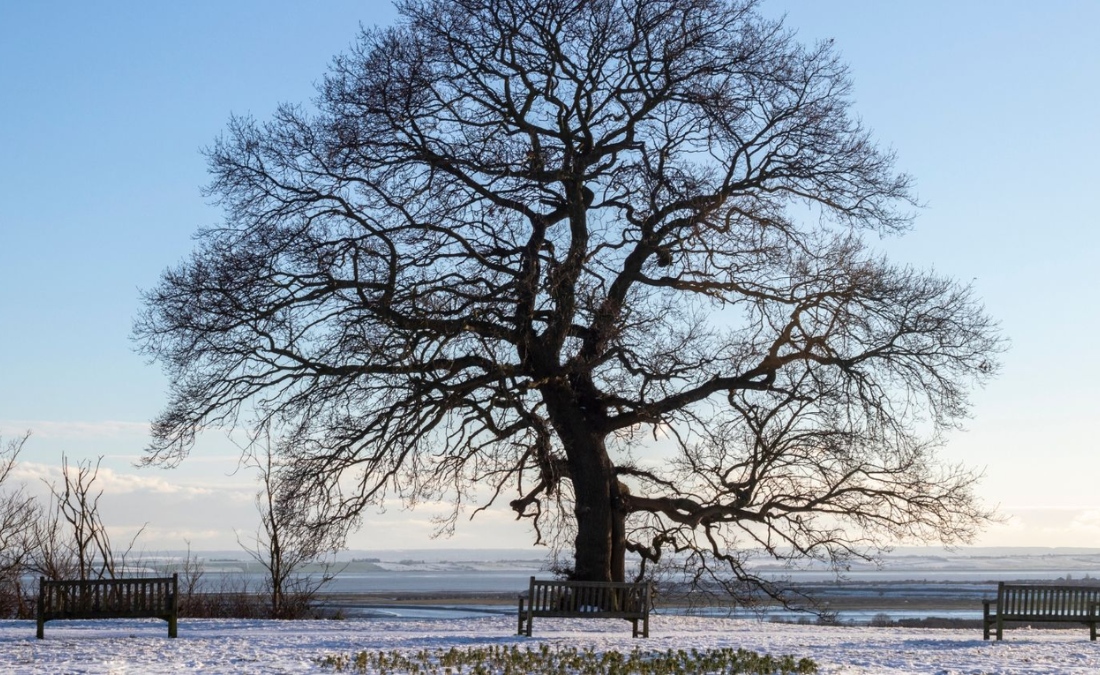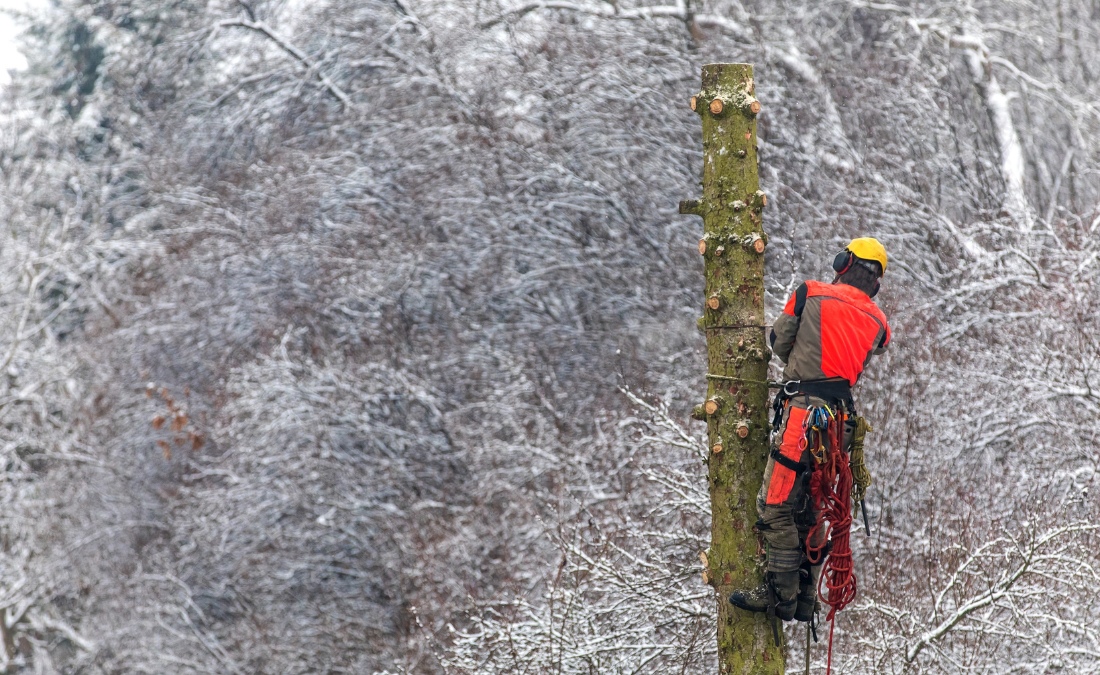How to Diagnose Trees Turning Brown in Summer – and When to Call a Local Expert
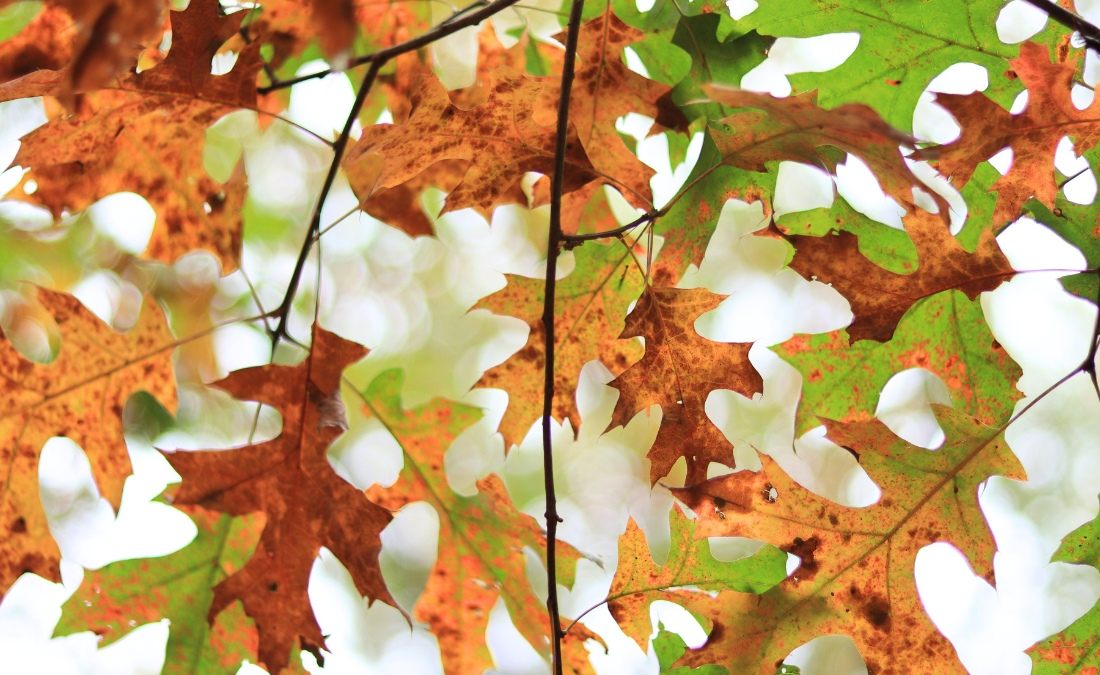
Trees turning brown in Missouri’s summer? Learn the top causes and simple steps to protect your trees before lasting damage occurs.
When summer heat settles over Liberty’s tree-lined streets, even the healthiest canopies start to show stress. Homeowners across Clay County face a troubling sight: once-lush, green trees turning brown in summer in Missouri’s challenging conditions. From the mature canopies in Jewell-Lightburne Historic District to the suburban landscapes in Weatherby Lake, intense summer conditions put pressure on trees of every size and age.
Knowing whether your trees turning brown in summer in Missouri need professional help or can simply recover with proper care can mean saving your landscape…or losing it.
Key Takeaways
- Quick visual inspection can help Liberty and Parkville homeowners distinguish between normal summer stress and serious tree health problems requiring professional intervention.
- Missouri’s 2025 drought conditions have created ideal circumstances for rapid tree stress, with some areas receiving 20-50 inches below normal precipitation over recent years.
- DIY treatments work for minor drought stress, but brown leaves with specific patterns signal disease or root problems that need Certified Arborist assessment within 48 hours.
- Oak, maple, and ash trees common in Northmoor and Weatherby Lake neighborhoods show different browning patterns, helping homeowners identify the underlying cause.
- Preventive care scheduled during Missouri’s cooler months reduces summer browning incidents and extends tree lifespan in Clay County’s challenging climate.
Why Are My Trees Turning Brown This Summer?
The first step in helping your browning trees recover requires understanding what you’re looking at. Not all summer browning indicates the same problem, and the pattern of brown leaves often tells you exactly what’s wrong.
Start with the Leaf Tips and Edges
Look closely at how the browning appears on individual leaves. Brown leaf tips and edges typically signal drought stress or heat damage. This happens because water travels through the leaf’s veins, so when the tree can’t get enough moisture, the further-most points dry out first.
If you see this pattern on trees in the Riss Lake area or other well-irrigated neighborhoods, the problem might be:
- Root damage preventing water uptake
- Soil compaction restricting root function
- Underground utility damage
These issues require different treatment approaches than simple drought stress, making early professional intervention important for preserving your tree’s health.
Check for Browning Patterns Along Leaf Veins
When brown spots or streaks follow the main veins of leaves, you’re likely dealing with a disease issue rather than environmental stress. Fungal diseases are common in Missouri shade trees and create a distinctive spotted or blotchy vein-following pattern.
Notice Which Parts of the Tree Are Affected
Brown leaves scattered throughout the entire tree canopy suggest different problems than browning concentrated on one side or specific branches. Whole-tree browning often indicates root problems or severe drought stress, while localized browning might signal disease, insect damage, or injury to specific branches.
The 4 Leading Causes of Trees Turning Brown in Summer Missouri Heat
Missouri’s challenging summer conditions create specific stress patterns that homeowners in Liberty, Parkville, and surrounding Clay County communities see year after year when trees turn brown in summer. Understanding these common causes helps you respond appropriately.
1. Drought Stress
Missouri faces significant drought challenges in 2025, with some areas experiencing precipitation deficits of 20-40 inches over recent years. This creates ideal conditions for rapid tree stress, especially in established neighborhoods with mature trees.
Drought stress symptoms include:
- Brown leaf tips and edges appearing first
- Leaves dropping earlier than normal
- Wilted foliage during morning hours
- Smaller than normal leaf size on new growth
Another way to confirm if drought stress is the cause of your browning tree is to use something long and narrow, like a screwdriver, to check the soil moisture around the root zone. Push the tool into the soil near the tree’s drip line; if it won’t penetrate easily, your soil is too dry, indicating insufficient water quantities.
It’s important to consider the environmental factors of your location, too. For instance, trees in both Liberty and Parkville’s historic downtowns face additional challenges because urban heat island effects and limited soil space compound drought stress.
2. Heat Stress and Leaf Scorch
When temperatures consistently exceed 95°F, trees can experience leaf scorch even with adequate soil moisture. The leaves simply lose water faster than the roots can replace it. This creates brown, crispy areas that typically start at leaf margins and spread inward.
Heat stress becomes more severe when combined with wind, which is common in open areas where trees haven’t yet formed protective canopies.
3. Root Problems and Soil Compaction
Many tree browning problems in established neighborhoods stem from root issues rather than above-ground stress. Construction activities, soil compaction from heavy equipment, changes in soil grade, and even frequent foot traffic can all contribute to root system damage years before symptoms appear above ground.
Trees that underwent any recent development or utility work often show delayed stress responses. In these instances, the brown leaves often indicate the tree’s root system can no longer support the full canopy.
4. Tree Diseases
Missouri’s humid summers create perfect conditions for diseases that cause leaf browning.
Anthracnose diseases affect multiple tree species commonly found throughout Liberty and Parkville neighborhoods including:
- Ash (Fraxinus spp.)
- Maple (Acer spp.)
- Oak (Quercus spp.)
- Sycamore (Platanus spp.)
Disease-related browning typically shows specific patterns, like brown spots along leaf veins or irregular blotches, rather than the uniform edge browning seen with drought stress.
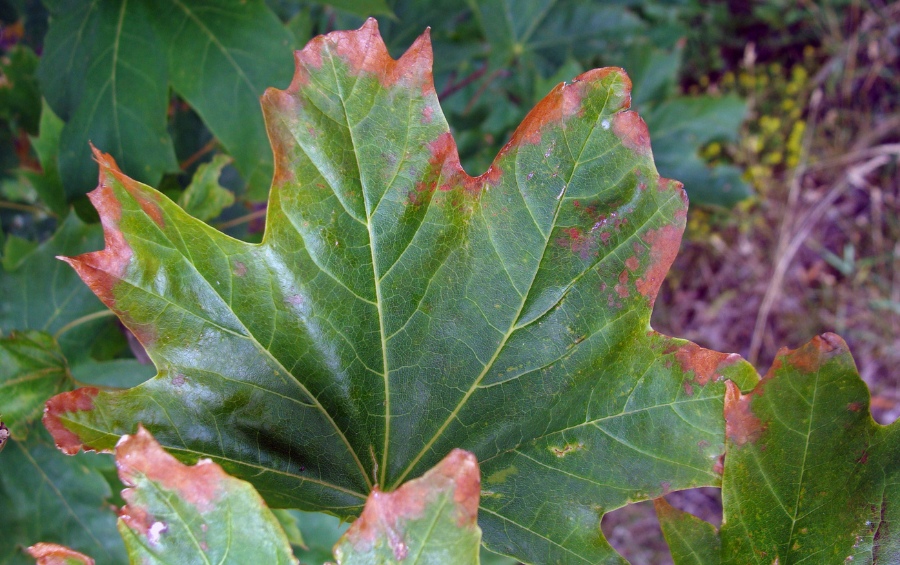
Irregular brown patches on maple leaves are a common sign of anthracnose, a fungal disease that worsens in warm, wet summers.
DIY vs. Professional Tree Repair: When to Call the Experts
Knowing when you can safely handle tree care yourself versus when you need professional help protects both your safety and your trees’ long-term health. That’s why it helps to recognize which simple steps you can take on your own versus those that require professional expertise.
Safe DIY Treatments for Minor Browning
Homeowners can safely address drought stress and minor heat damage with proper watering techniques. Experts recommend deep watering every 6-7 days under normal conditions, and increasing to every 4-5 days when temperatures rise above 95°F. In addition to consistent watering, these simple steps can further protect trees from drought stress and heat damage:
- Apply Organic Mulch: Spread 2 inches of organic mulch around the tree base, extending to the drip line to retain soil moisture and reduce root zone temperatures. Always make sure to keep mulch several inches away from the trunk to prevent moisture and pest problems.
- Install Soaker Hose Systems: Place soaker hoses in a spiral pattern under the tree canopy and run slowly until you’ve applied 1-2 inches of water over the entire root zone.
- Water During Optimal Times: Apply water early in the morning (5-9 AM) or late in the evening (after 6 PM) to minimize evaporation and maximize root uptake.
Risks of DIY vs. Professional Treatment
Some tree problems require specialized equipment, training, or treatment products only available to Certified Arborists. Understanding the risks of DIY approaches versus professional intervention helps you make the most informed decisions about your trees’ health.
Some of the risks of attempting treatment yourself include:
- Misdiagnosis that leads to inappropriate treatments and worsening of underlying problems
- Overwatering stressed trees can cause root rot and additional complications
- Delayed professional intervention may result in permanent tree damage or safety hazards
- Improper soil treatments can alter pH levels and damage beneficial root relationships
While some issues can be managed by yourself, there are clear warning signs that indicate it’s time to call in a professional arborist:
- The browning affects more than 50% of the tree’s canopy
- Multiple trees show similar symptoms simultaneously
- DIY watering efforts haven’t improved conditions after 2-3 weeks
- Brown leaves show disease patterns rather than drought stress
Professional treatments, like deep root fertilization, soil remediation, or disease management, require specialized knowledge to apply safely and effectively without causing additional stress to already compromised trees.
EXPERT INSIGHT: “We see many homeowners wait too long to call for help, thinking they can solve tree problems with just more water. By the time we’re contacted, what could have been a simple soil treatment becomes a complex root system rehabilitation or even tree removal. Early professional assessment saves both trees and money.” – Johnathon Walker, Lead Arborist at Arbor Masters
Emergency Browning Tree Warning Signs
Certain symptoms indicate your tree needs professional attention within 48 hours to prevent permanent damage or safety hazards. These red flag conditions require prompt Certified Arborist assessment:
- Sudden browning affecting entire sections of the tree rather than gradual leaf tip browning
- Brown leaves combined with branch dieback where entire branches lose all foliage
- Cracks in the trunk or major branches that weren’t present before heat stress began
- Trees leaning more than 15 degrees from vertical, especially after dry periods when soil shifts
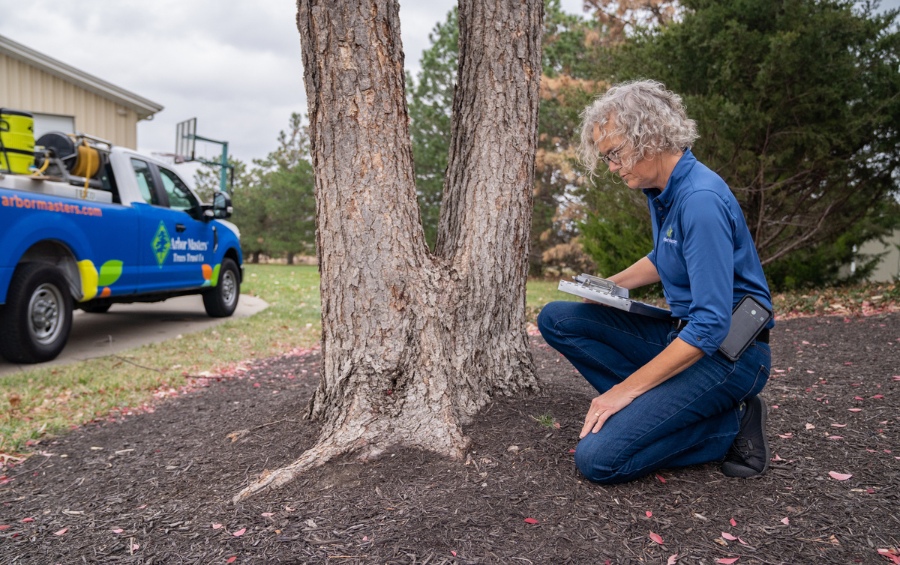
How Arbor Masters Arborists Assess Brown Tree Damage
Arbor Masters’ ISA Certified Arborists rely on specialized diagnostic tools and 65+ years of local experience to evaluate tree health beyond what homeowners can see. Our comprehensive assessment includes:
- Soil analysis to check pH levels and nutrient availability
- Resistance drilling to test internal wood strength
- Canopy evaluation to determine recovery potential
Our arborists also consider the tree’s location relative to structures, power lines, and pedestrian areas throughout Liberty and Parkville neighborhoods. A tree that might recover given time could still pose immediate safety risks requiring our rapid intervention capabilities.
As a TCIA-accredited company, Arbor Masters follows industry-leading safety and assessment protocols, ensuring accurate diagnosis and appropriate treatment recommendations for your specific situation.

Frequently Asked Questions About Trees Turning Brown in the Summer
How long does it take for brown trees to recover after professional treatment?
Recovery time depends on the underlying cause and treatment approach. Trees receiving drought stress treatment typically show improvement within 3-4 weeks, with new healthy growth appearing the following spring. However, disease treatments may require 6-12 months for full recovery, while root system rehabilitation can take 2-3 years for complete restoration.
Do I need a permit to remove a diseased tree in Liberty or Parkville city limits?
Both Liberty and Parkville have specific ordinances regarding tree removal, especially for trees near streets or in historic districts. Dead or diseased trees typically qualify for emergency removal
permits, but you’ll need documentation from a Certified Arborist confirming the tree’s condition. Contact your city’s parks department before removal to avoid potential fines or replacement requirements.
Will homeowner’s insurance cover tree damage from drought stress in Missouri?
Standard homeowner’s insurance policies typically don’t cover tree loss from drought, disease, or gradual decline. However, if a stressed tree falls and damages your home, fence, or other structures, that damage is usually covered. Some policies include limited coverage for tree removal if the tree blocks driveways or threatens structures. Review your policy or contact your agent to understand your specific coverage.
Can brown summer trees still produce healthy leaves next spring?
Yes, many trees showing summer stress can recover completely with proper care. Trees are remarkably resilient and often bounce back from drought or heat stress once conditions improve. However, trees that lost more than 50% of their canopy or experienced severe root damage may produce smaller, fewer leaves the following year. Professional assessment helps determine realistic recovery expectations for your specific situation.
How do I prevent my healthy trees from turning brown during Missouri heat waves?
Prevention relies on building tree resilience before stress occurs. Prevention methods include:
- Applying mulch annually
- Maintaining consistent deep watering schedules
- Avoiding soil compaction around tree roots.
- Scheduling annual tree health inspections
Stop Trees from Turning Brown This Summer with Expert Tree Care from Arbor Masters
Brown leaves in summer don’t always mean disaster – but they are a clear sign your trees need attention. Call the Arbor Masters team today at 913-441-8888 to schedule your comprehensive tree health consultation. Our experts focus on preventive care to keep your trees resilient through Missouri’s toughest summer conditions, so your landscape stays healthy and vibrant year-round.
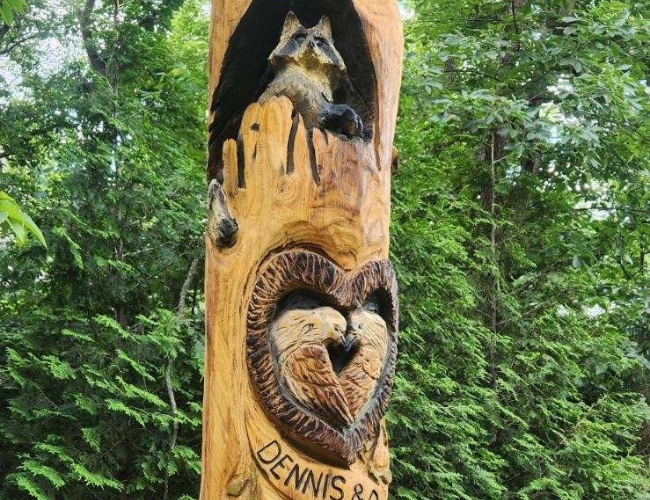
Get the latest local news, tree care tips, special offers, and company updates directly to your inbox! It's easy to subscribe and there's no spam - we promise.
"*" indicates required fields


